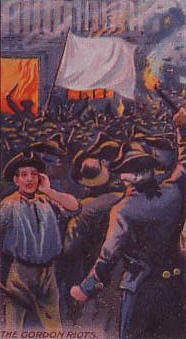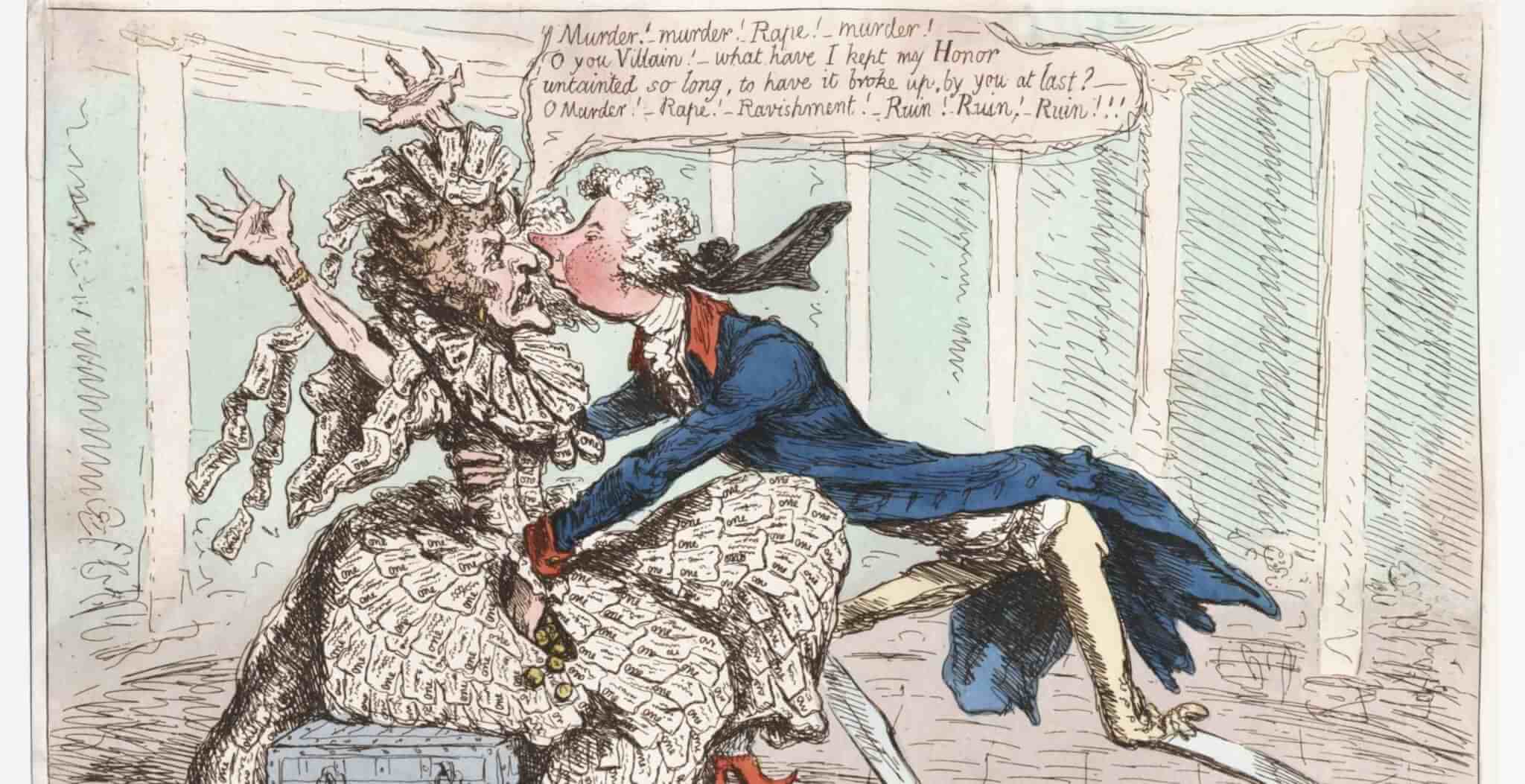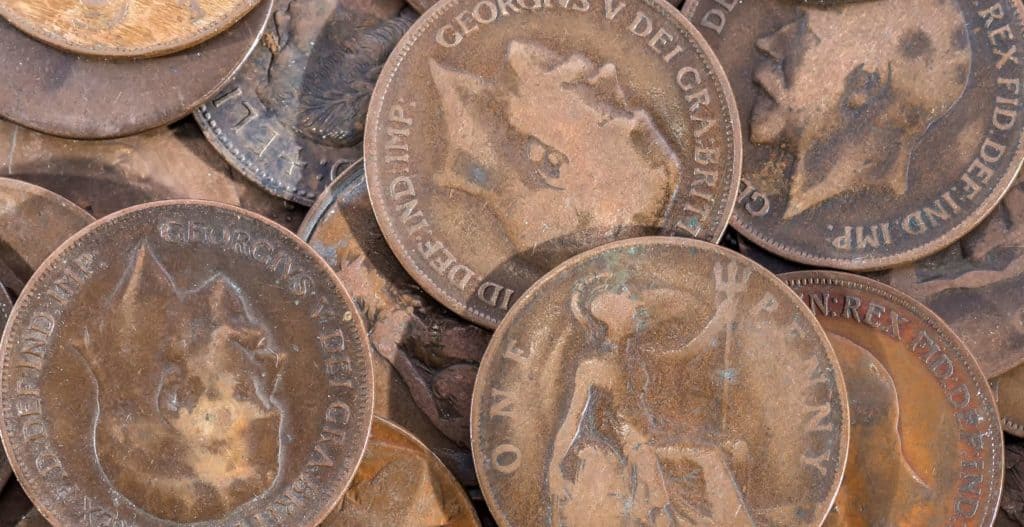Who is this old lady?
‘The Old Lady of Threadneedle Street’ is the nickname of the Bank of England which has stood in its current location, right in the heart of the City of London since 1734.
But was there really an old lady of Threadneedle Street and what had she to do with Banking?
There was indeed an old lady…Sarah Whitehead was her name.
Sarah had a brother called Philip, a disgruntled former employee of the bank, who was found guilty of forgery in 1811, and executed for his crime.
Poor Sarah was so shocked she became ‘unhinged’ and every day for the next 25 years she went to the Bank and asked to see her brother.
When she died she was buried in the old churchyard that later became the bank’s garden, and her ghost has been seen on many occasions in the past.
 Another phrase often used is ‘As safe as the Bank of England’, and is used to describe a system that is strong and secure.
Another phrase often used is ‘As safe as the Bank of England’, and is used to describe a system that is strong and secure.
But in 1780 the bank did not seem so safe during the Gordon Riots, when for days, London was terrorised by an Anti-Catholic mob led by Lord George Gordon.
After burning down Newgate and other prisons, the mob turned its attention to the bank.
A small force of troops were hastily organised by the government and managed to repel the attack.
Since then, apart from a short period in the 18th century the bank has been guarded every night by the Bank Piquet, drawn from detachments of the Guards, stationed in London.
So, one can now say about something, without fear of being proved wrong, that ‘it is as safe as the Bank of England’!



